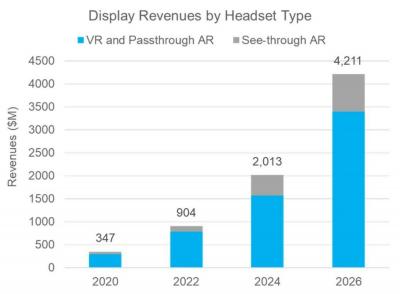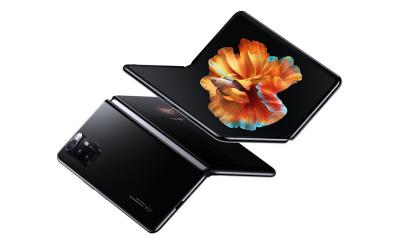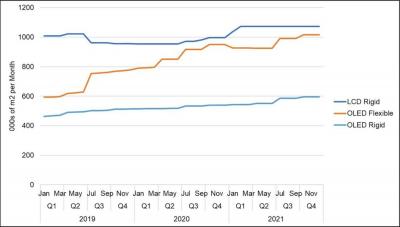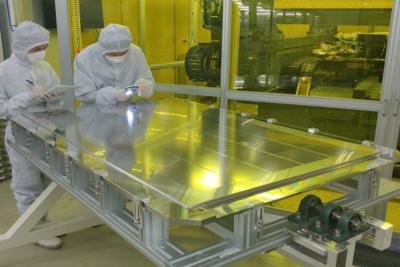DSCC sees OLED microdisplays shipments rising from <1 million in 2020 to over 19 million in 2026
DSCC says that the AR and VR markets are set for quick growth, and display sales for AR and VR devices will grow at a CAGR of 52% between 2020 and 2026, to reach $4.2 billion in sales (up from $347 million in 2020). This forecast does not include military applications.

DSCC says that new technologies, specifically designed components and strong push by consumer electronic giants like Sony and Apple will drive this fast growth in VR and AR adoption. As you can see in the chart above actual see-through AR will remain a relatively small market even in 2026. The main problem with AR will remain display brightness, and DSCC see microLED technologies providing a breakthrough in this market.








